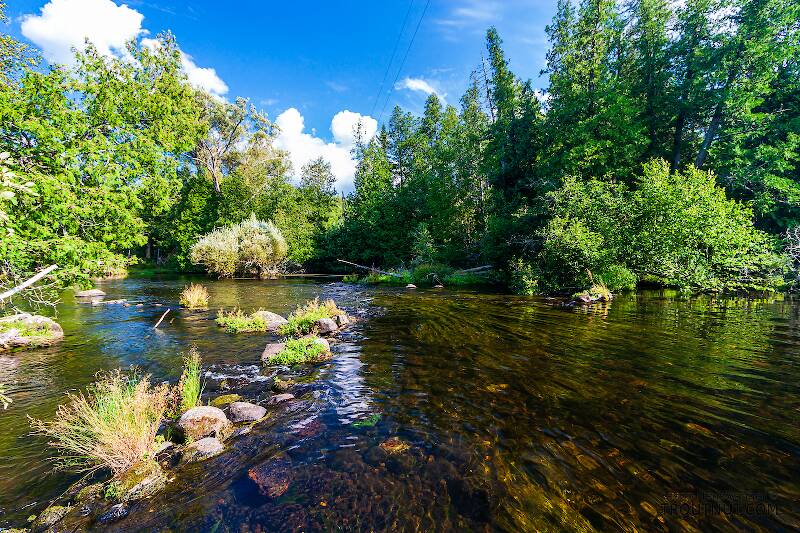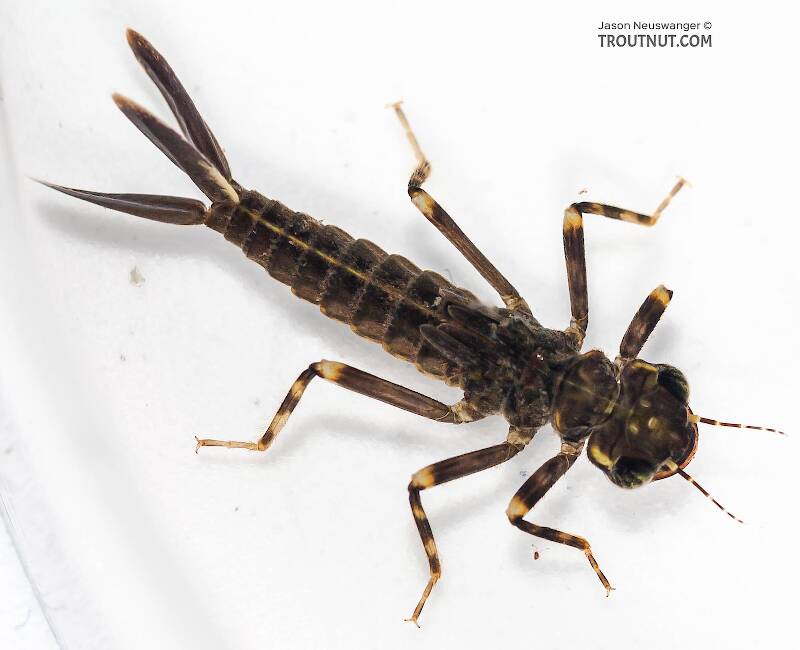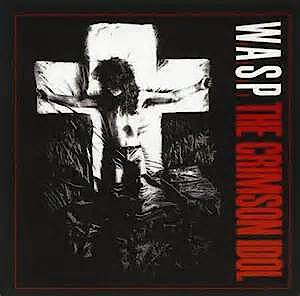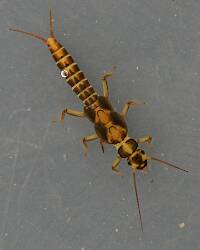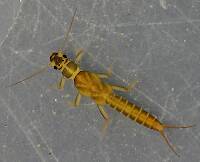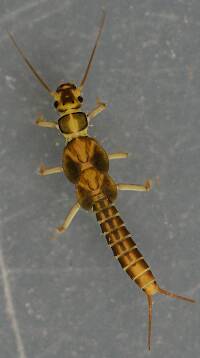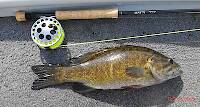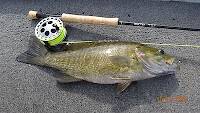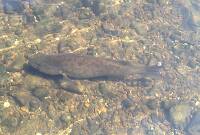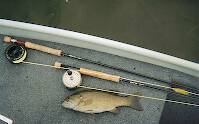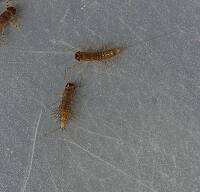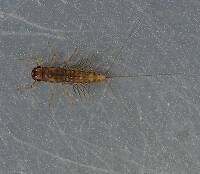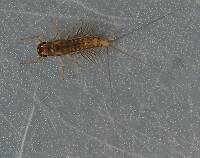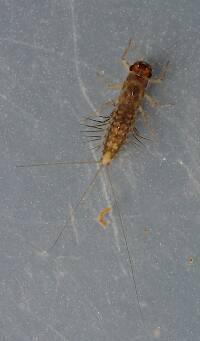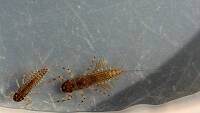
Blue-winged Olives
Baetis
Tiny Baetis mayflies are perhaps the most commonly encountered and imitated by anglers on all American trout streams due to their great abundance, widespread distribution, and trout-friendly emergence habits.
Featured on the forum

This dun emerged from a mature nymph on my desk. Unfortunately its wings didn't perfectly dry out.

Troutnut is a project started in 2003 by salmonid ecologist Jason "Troutnut" Neuswanger to help anglers and
fly tyers unabashedly embrace the entomological side of the sport. Learn more about Troutnut or
support the project for an enhanced experience here.
Adirman on Jun 28, 2012June 28th, 2012, 9:52 am EDT
Whenever I go up to the Adirondacks in midsummer to fish, I always observe alot of damselflies aroundand know the trout take them, at least occasionally, because I've watched them do it. I was wondering what size the nymphs were and if a black stone fly pattern of correct size might imitate the nymph well enough.
Thanks!!
Adirman
Thanks!!
Adirman
Entoman on Jun 28, 2012June 28th, 2012, 10:33 am EDT
The short answer is yes. Some of the families have genera who's nymphs are darker and squatter than the nymphs of the damsels most anglers associate with the common Blue Bottles seen hovering over ponds and lakes in mid-Summer. I would use a pattern with a little bushier and more flowing tail rather than the sparse stiff ones usually found on stonefly nymphs. A dark Hare's Ear would be excellent. I've had good luck on a local river that has a fair population of them using a simple peacock bodied nymph with a grizzly olive marabou tail in size 10. The old Black Martinez (a general mayfly style) was popular for this purpose in the Yellowstone country and other areas out West some years ago. I think it would be a killer pattern for you if fish are found feeding on these nymphs. As to size, depending on stage of development they can run as small as mid-sized mayflies up to mid-sized stoneflies. I seined some last Spring from a riffle on a small freestone that were under a half inch long. As with everything else, check on the correct size by sampling when you are fishing.
"It's not that I find fishing so important, it's just that I find all other endeavors of Man equally unimportant... And not nearly as much fun!" Robert Traver, Anatomy of a Fisherman
Quick Reply
Related Discussions
Topic
Replies
Last Reply
2
Oct 4, 2006
by GONZO
by GONZO

